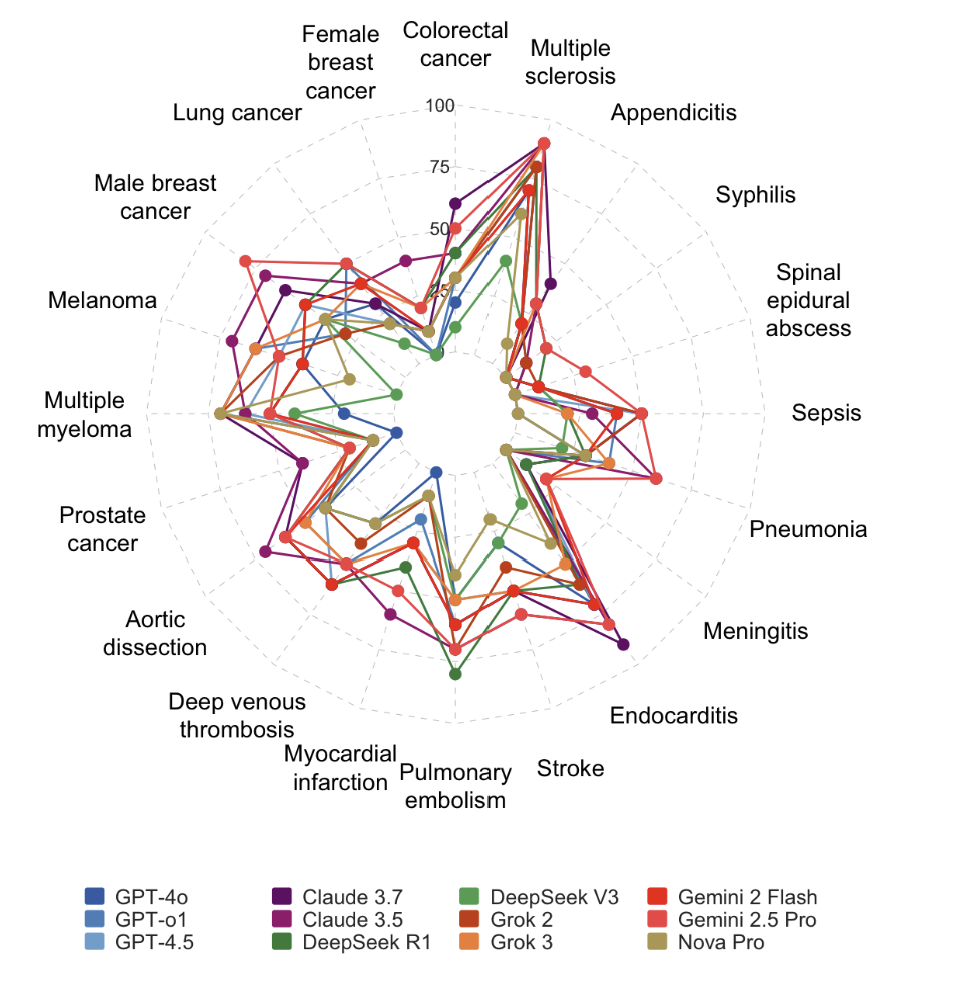While Random Forests are a powerful ensemble method, there is another technique that often provides even better performance, especially on structured (tabular) data: Gradient Boosting. It’s an algorithm that has dominated applied machine learning and Kaggle competitions for years.
Like Random Forests, Gradient Boosting is an ensemble method that combines multiple weak learners (typically decision trees) to create a single strong learner. However, its approach is fundamentally different.
- Random Forest builds many independent trees in parallel and averages their predictions.
- Gradient Boosting builds trees sequentially, where each new tree is trained to correct the errors of the previous one.
How Gradient Boosting Works
The process is iterative. It starts with an initial, simple prediction (like the mean of the target variable). Then, it builds a series of trees, where each tree is trained on the residuals (the errors) of the previous tree’s predictions.
- Start with a simple model: Make an initial prediction for every data point.
- Calculate Residuals: For each data point, calculate the error (the difference between the actual value and the current prediction).
- Train a new tree: Fit a new decision tree that learns to predict these residuals.
- Update Predictions: Add the predictions from this new tree (scaled by a learning rate) to the overall prediction.
- Repeat: Continue building trees, with each new tree focused on correcting the remaining errors, until a stopping criterion is met (e.g., a maximum number of trees).
By fitting trees to the errors, the model gradually gets better and better, focusing on the data points that are hardest to predict.
XGBoost: The Extreme Gradient Boosting
XGBoost (Extreme Gradient Boosting) is an implementation of gradient boosting that has been engineered for speed and performance. It includes several key features that make it so effective:
- Regularization: It includes L1 and L2 regularization terms in its objective function to prevent overfitting, which is a common problem with standard gradient boosting.
- Parallel Processing: It can perform tree construction in parallel.
- Handling Missing Values: It has a built-in routine to handle missing data.
- Cross-validation: It has a built-in cross-validation method, allowing you to find the optimal number of boosting rounds in a single run.
- Tree Pruning: It grows the tree up to a
max_depthand then prunes it backward to remove splits that don’t provide a positive gain.
Using XGBoost in Python
The xgboost library offers an API that is compatible with scikit-learn, making it easy to use.
import xgboost as xgb
from sklearn.datasets import make_classification
from sklearn.model_selection import train_test_split
from sklearn.metrics import accuracy_score
# --- 1. Generate Synthetic Data ---
X, y = make_classification(n_samples=1000, n_features=20,
n_informative=5, n_redundant=0,
random_state=42)
# Split data into training and testing sets
X_train, X_test, y_train, y_test = train_test_split(X, y, test_size=0.3, random_state=42)
# --- 2. Train an XGBoost Classifier ---
# The model has many hyperparameters to tune, e.g.:
# n_estimators: number of boosting rounds (trees)
# max_depth: maximum depth of a tree
# learning_rate: step size shrinkage
# gamma: minimum loss reduction required to make a further partition
xgb_clf = xgb.XGBClassifier(n_estimators=100,
max_depth=3,
learning_rate=0.1,
objective='binary:logistic',
use_label_encoder=False,
eval_metric='logloss',
random_state=42)
# Train the model
xgb_clf.fit(X_train, y_train)
# --- 3. Make Predictions and Evaluate ---
y_pred = xgb_clf.predict(X_test)
accuracy = accuracy_score(y_test, y_pred)
print(f"XGBoost Classifier Accuracy: {accuracy:.4f}")What the Code Does
- Data Setup: We create and split a synthetic dataset, just as we did in the Random Forest example.
- Model Initialization: We create an instance of
xgb.XGBClassifier. We set a few key hyperparameters:n_estimators=100: We’ll build 100 trees.max_depth=3: Each tree will be relatively shallow to act as a weak learner.learning_rate=0.1: This scales the contribution of each tree. A lower learning rate makes the model more robust but requires more trees.objective='binary:logistic': We specify the learning objective for binary classification.
- Training and Evaluation: We fit the model to our training data and then evaluate its performance on the test set.
Conclusion
Gradient Boosting is a highly effective and versatile machine learning technique. Implementations like XGBoost, LightGBM, and CatBoost have taken the core idea and optimized it to create incredibly fast, accurate, and feature-rich algorithms. For tabular (structured) data, gradient boosting models are often the go-to choice and should be one of the first algorithms you try when aiming for top performance.








